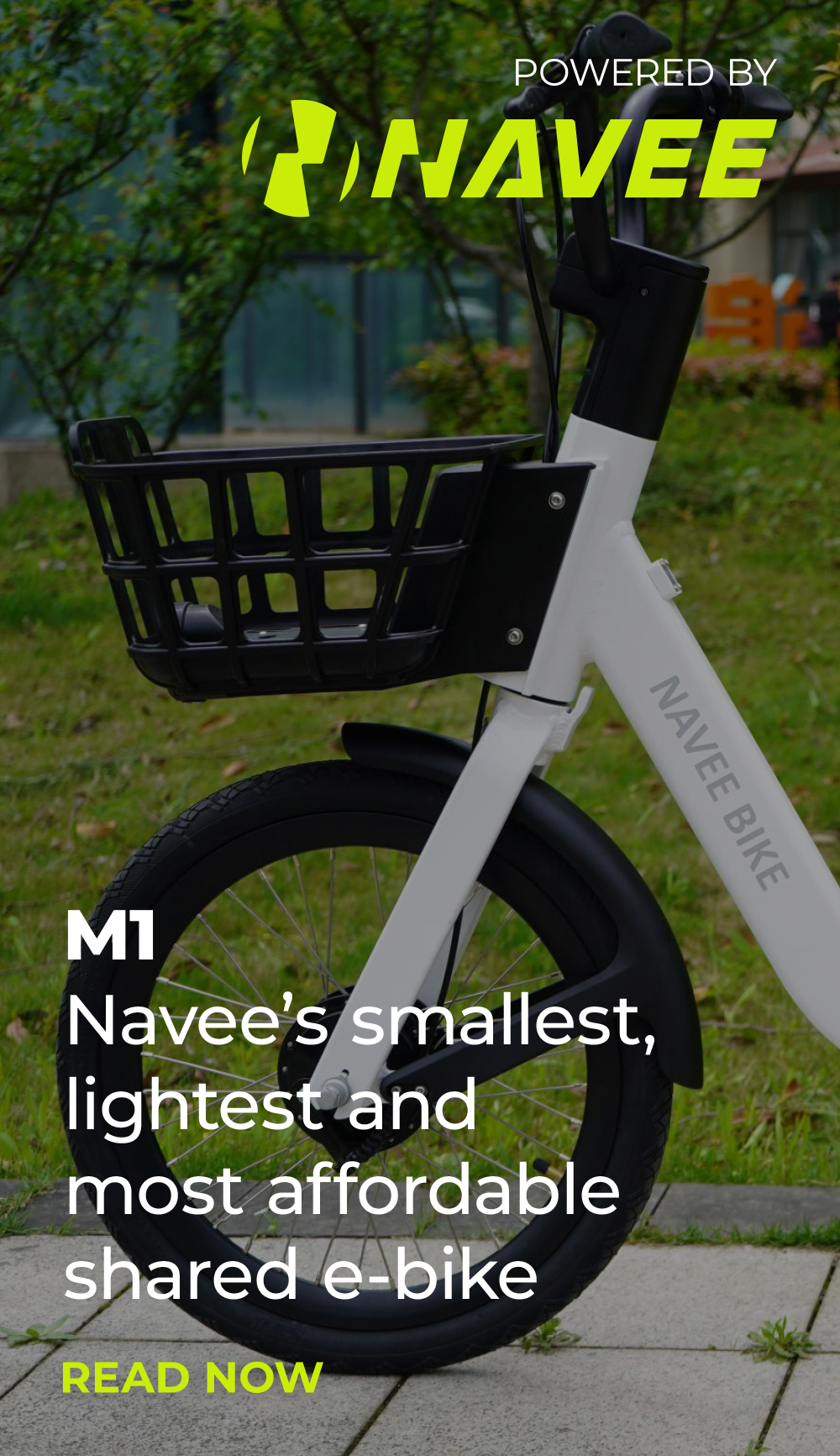Zag Daily tracks the approximately 1,000 shared e-scooter fleets across Europe, to understand how the vehicles are shaping European towns and cities, and how operators are adapting to logistical, administrative and financial pressures to provide the best-shared micromobility opportunities.
Here’s the latest trends we are seeing.
- Some fleets pause for winter – in particular in colder, snowier Eastern Europe and the Nordic countries. This particularly affects Bolt which spent much of 2021 expanding westwards from its origins in Estonia, adding e-scooters as a complementary mode to its main ride-hailing business. In general, there are around 10 per cent fewer e-scooters available than in our last snapshot in late November. Poland, Sweden and Finland have seen the biggest falls, while France, the UK and Belgium have increased their shared e-scooter footprint across the winter period.
- Spin’s mainland European departure is confirmed – while their UK operations remain, their pull out of Germany, Spain and the rest of the continent is complete. As such, their European arm has just half the number of e-scooters as before. Spin’s direction change was due to a desire to not compete in “free for all” markets.
- Bird has been the biggest European expander over winter. The sector’s talisman brand has been notably strong in rolling out in various smaller French towns and cities recently and is consolidating its fourth place in Europe, behind TIER, Voi and Lime.
- Bird has also been looking beyond e-scooters. The Netherlands remains off-limits to the vehicles, so the company has launched two e-bike fleets in the country, first in Amersfoort last month, and this week in Groningen. The latter is notable as the launch is coinciding with a three-month-long closure of the city’s main arterial road for reconstruction. With 80,000 fewer car journeys a day possible during this time, Bird’s e-bike fleet will help provide an alternative method.
- TIER has also been gradually increasing its e-bikes in Europe – the market leader for shared e-scooters has now introduced a number of bike fleets, including in London, and Stockholm as well as the Netherlands (Eindhoven and Utrecht). It has also introduced a small e-bike fleet in the famous cycling city of Roubaix.
- Berlin retains the crown for the total numbers of shared e-scooters (with nearly 30,000), followed by Frankfurt, Hamburg, Rome and Cologne. Paris’s numbers are growing strongly, as are Lisbon’s and Bergen’s. The continent’s biggest city, London, is down in a distant 29th place.
- The French national government data store, data.gouv.fr, has recently listed a large number of standardised data feeds showing live availability of e-scooters. The list is not complete but does include many cities, large and small, with shared e-scooter fleets. This makes France the third European country to move towards a national coordinated/consolidated infrastructure for publishing live, open micromobility availability data, after Norway and Switzerland.






